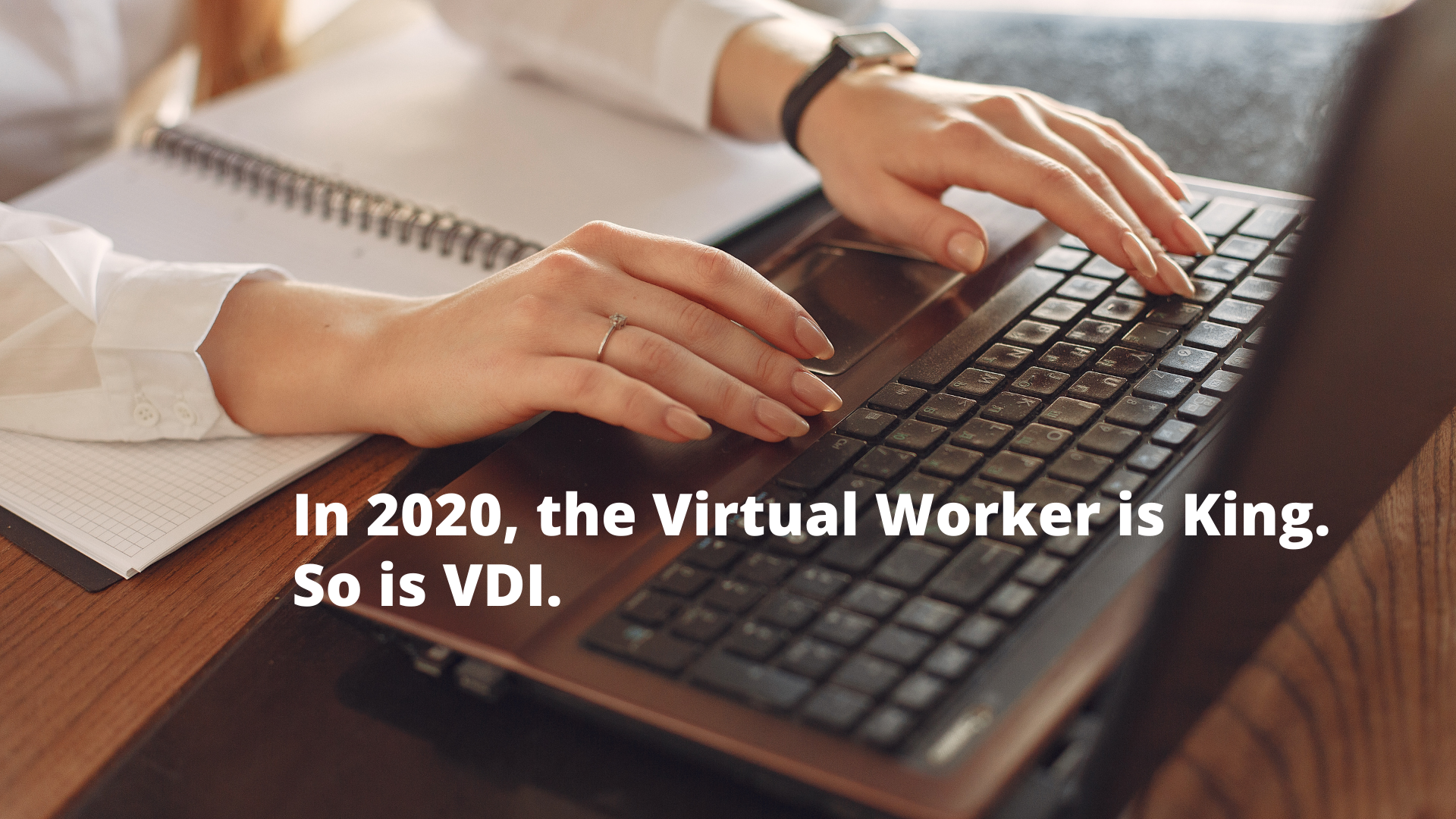In a world still reeling from the after effects of the Pandemic, one solution has risen as a clear answer to the problems facing modern enterprises. That solution is VDI. It’s also DaaS.
In fact, enterprises using either Virtual Desktop Infrastructure (VDI) or Desktop as a Service (DaaS) have had an easier time in 2020. The reason for that is relatively simple — VDI and DaaS are the natural compliment for remote work. Even in deployments using legacy hardware with VDI/DaaS where work was primarily in office, those offices have been able to more effectively switch to remote work. Quite evidently, having VDI or DaaS in place set many enterprises up for success. VDI and DaaS is a technology of the future.
However, it’s not too late for enterprises to make the switch. In fact, many many more will be making the jump to Virtual Desktops (on premises or in the cloud). This is shown by the incredible projection that shows VDI market revenue to pass the $30 billion marker by the year 2026. Perhaps widespread remote work won’t be here to stay forever. Although many tech leaders are now announcing permanent remote work, the future of the Virtual Remote Worker remains to be seen. More flexible working, however, and a staunch number of remote workers both seem certain to stay.
So if the remote worker is now king, VDI is the throne upon which the virtual worker sits.
Get Office-Like Access to Apps and Data Wherever
One of the main benefits of VDI is that it offers full access to the apps and data workers expect from onsite computers. And it does so safely and securely. In fact, cutting edge innovation and massive demand has caused VDI technology to keep pace with native desktops. In fact, most users today can’t tell that they are accessing a desktop that is hosted in the Cloud or in a data center and not one on their local hardware.
Ensure Secure Access
While user experience may be the primary concern of virtual workers, security is the primary concern of business leaders. By far, the security benefits are the major reason driving VDI growth and adoption into the 2020s. While VDI is a more secure bet even with on premises workers, VDI is king for virtual workers. Nothing ensures security and manageability like VDI in remote work scenarios. VDI ensures corporate information is accessed and used securely. It avoids common security exploits, and even advanced security exploits. Ultimately, VDI also ensures that endpoints are manageable in crisis scenarios.
Superior Hardware/IT Agility
Lastly, by adopting VDI/DaaS, enterprises unshackle virtual workers. Virtual workers can step outside dedicated corporate computers and access what they need to get their jobs done from any device or even Thin Clients and personal devices. Additionally, IT can leverage any private or public Cloud, and retain control over the scale of their endpoint deployment.
Ultimately, VDI is the way of the future — even during the best of times, but especially during times when workers are forced to flee offices and access critical apps and data from anywhere. Stratodesk NoTouch works with your preferred VDI/DaaS provider to unlock even more benefits. Download the free trial to experience these benefits first hand.

